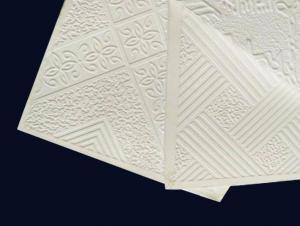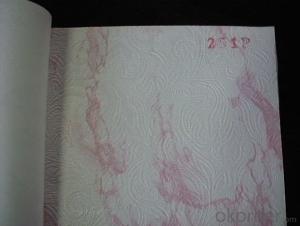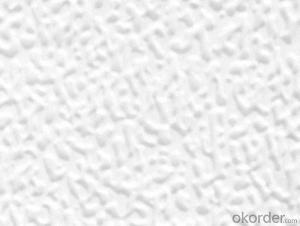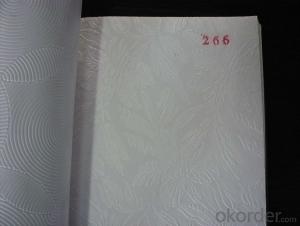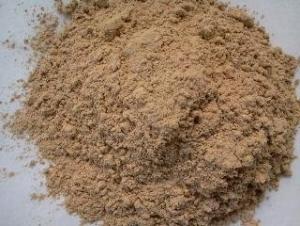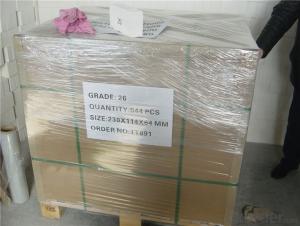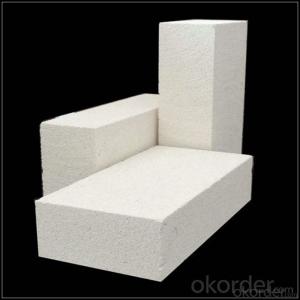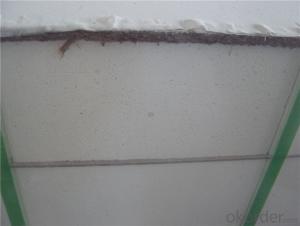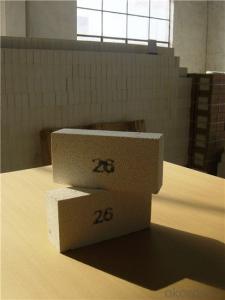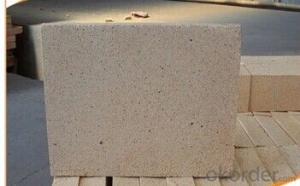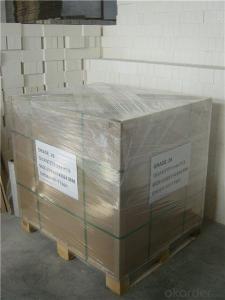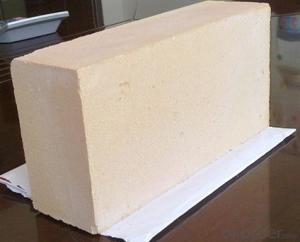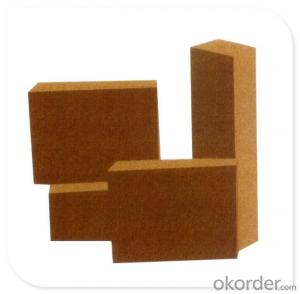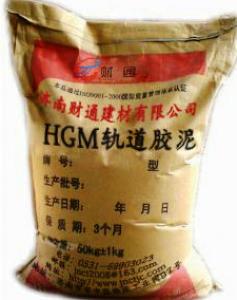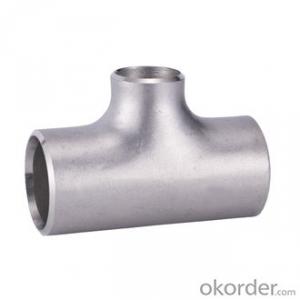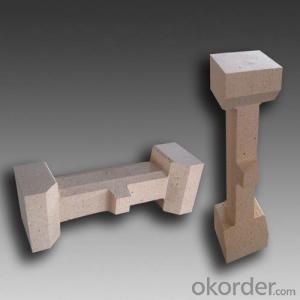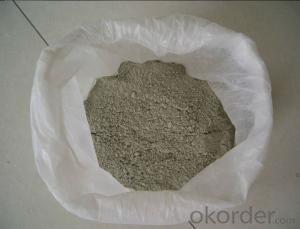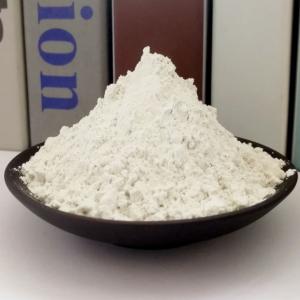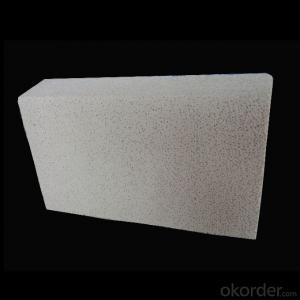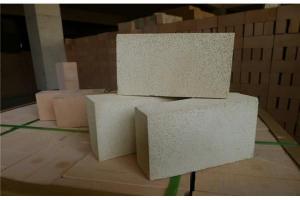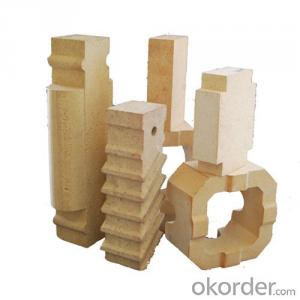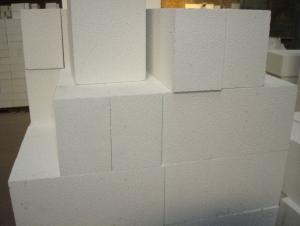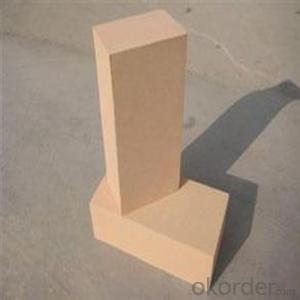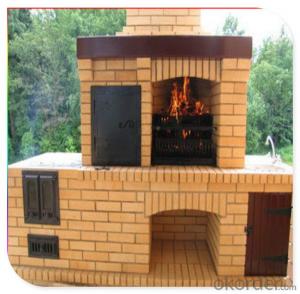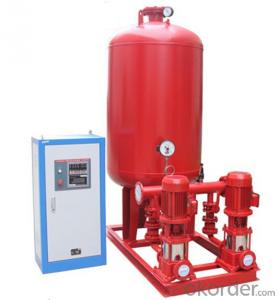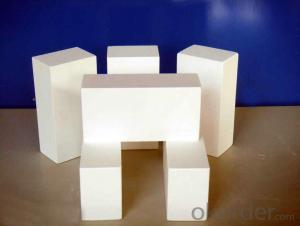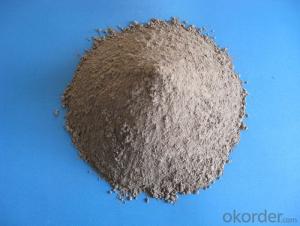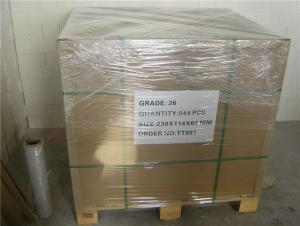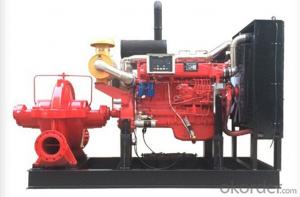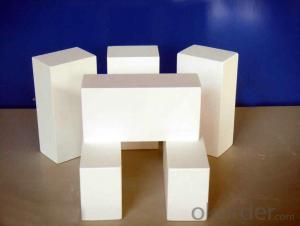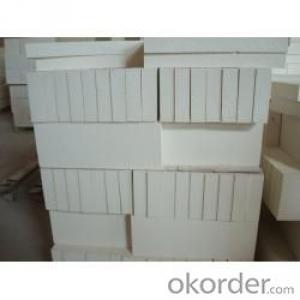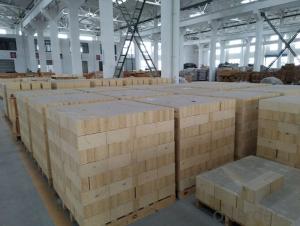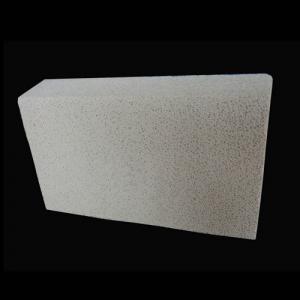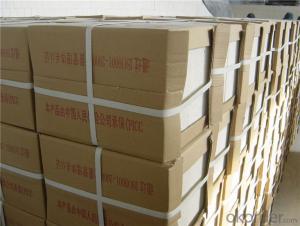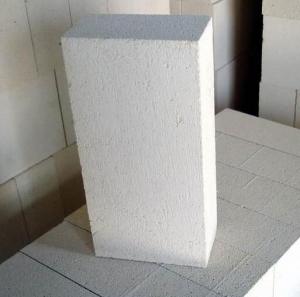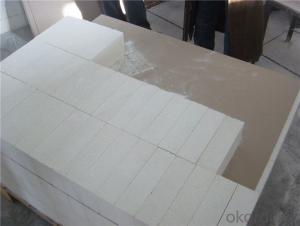Fire Clay
Fire Clay Related Searches
H S Code For Stainless Steel Wd 40 For Stainless Steel Spray Paint For Stainless Steel Drill Bits For Stainless Steel Steel Vessels For Kitchen Led Floor Lamps For Home Led Light For Chandelier Hot Water Bags For Pain Relief Shade Cover For Solar Inverter Led Headlight Kits For TrucksHot Searches
Type Of Inverter For Solar Price Of Shipping Containers For Sale Types Of Inverter For Solar Bags Of Cement For Sale Tilt Panel Props For Sale Types Of Temporary Side Panels For Cement Deck Cost Of Awnings For Decks Type Of Scaffolding With Pdf Price Of Scrap Stainless Steel Price Of Stainless Steel Scrap Type Of Stainless Steel Gypsum Board Price Per Sheet In India Types Of Stainless Steel Grades Types Of Stainless Steel Aluminum Corp Of China Stock Types Of Scaffolding In Construction Pdf Price Of Solar Cells Over Time Price Of Aluminum Stock Types Of Raw Materials Used In Industries Type Of Inverter For SolarFire Clay Supplier & Manufacturer from China
Okorder.com is a professional Fire Clay supplier & manufacturer, offers integrated one-stop services including real-time quoting and online cargo tracking. We are funded by CNBM Group, a Fortune 500 enterprise and the largest Fire Clay firm in China.Hot Products
FAQ
- Yes, insulating fire bricks can be used in paper mills. Insulating fire bricks are commonly used in industrial applications, including paper mills, to provide thermal insulation and protect equipment from high temperatures. They help in maintaining optimal temperature levels and enhance energy efficiency in the paper production process.
- Indeed, it is possible to utilize insulating fire bricks in the fabrication of hot blast stoves. These bricks are specifically engineered to possess a low thermal conductivity, rendering them highly efficient in diminishing heat dissipation. In order to ensure optimal functionality, hot blast stoves necessitate the maintenance of elevated temperatures, a goal that can be accomplished through the utilization of insulating fire bricks, which effectively restrict heat transfer to the stove's external surface. Furthermore, these bricks exhibit commendable insulation properties, enabling energy conservation and enhancing the overall efficiency of the stove. Moreover, it is worth noting that insulating fire bricks are resistant to thermal shock, a crucial attribute in hot blast stove applications where frequent temperature fluctuations are common.
- Insulating fire bricks can indeed be used in high-temperature ducts. These bricks are specially designed to withstand extreme temperatures, making them an ideal choice for applications where heat retention and insulation are crucial. With their low thermal conductivity and high resistance to thermal shock, insulating fire bricks can effectively trap heat within the ducts, preventing any loss of energy and ensuring efficient heat transfer. Additionally, their lightweight nature makes them easy to install and handle, while their durability allows them to withstand the harsh conditions of high-temperature environments. Overall, insulating fire bricks are a reliable and effective solution for insulating high-temperature ducts.
- The recommended curing time for insulating fire bricks varies depending on the manufacturer and specific product. It is typically recommended to follow the curing instructions provided by the manufacturer, which can range from a few hours to several days.
- Yes, insulating fire bricks can be used in the construction of ceramic fiber-lined kilns. Insulating fire bricks are designed to provide excellent insulation and can help increase the energy efficiency of the kiln. By using insulating fire bricks, the kiln can reach and maintain higher temperatures while minimizing heat loss through the walls.
- Yes, insulating fire bricks are suitable for use in the construction of lime kilns. Insulating fire bricks have high thermal insulation properties, which helps in retaining heat within the kiln. This insulation is essential for maintaining high temperatures necessary for lime production. Additionally, insulating fire bricks are lightweight and durable, making them an ideal choice for lime kiln construction.
- Insulating fire bricks have the potential to be utilized in ceramic fiber boards. They are commonly employed as a lining material for high-temperature purposes due to their ability to endure extremely high temperatures and offer exceptional thermal insulation. Conversely, ceramic fiber boards are lightweight and possess commendable thermal shock resistance, rendering them suitable for employment in diverse industrial and residential settings. When utilized in conjunction, insulating fire bricks can be positioned behind or around the ceramic fiber boards to augment their insulating properties and elevate overall thermal efficiency. The bricks have the capability to provide additional structural support and assist in retaining heat within the system, thereby enhancing energy efficiency and minimizing heat loss. Nevertheless, it is crucial to acknowledge that the compatibility of insulating fire bricks and ceramic fiber boards might fluctuate based on the specific application and requirements. It is advisable to seek guidance from manufacturers or industry professionals to ensure appropriate selection and installation of these materials according to your individual needs.

